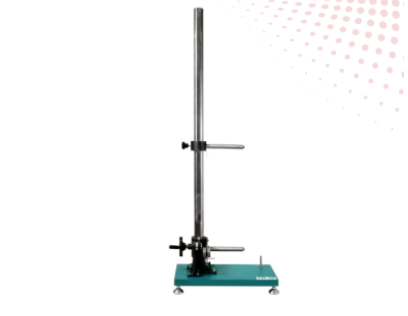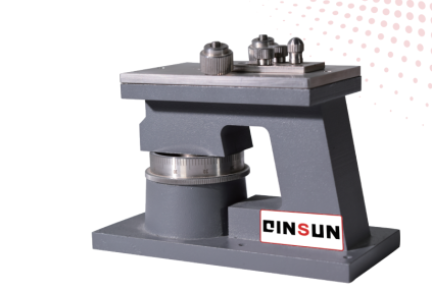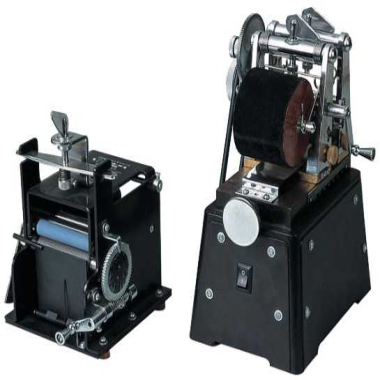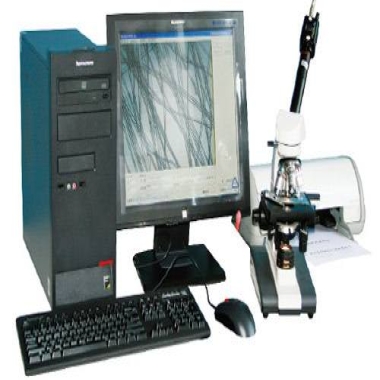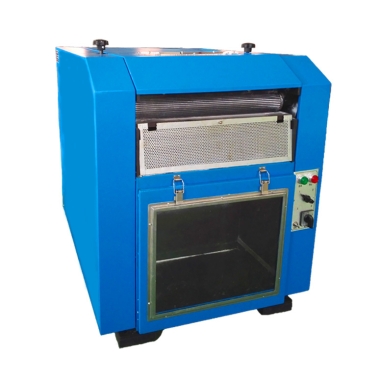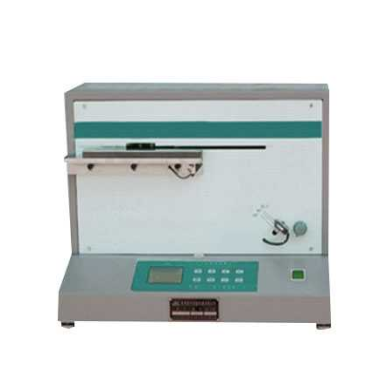Shoe Abrasion Tester

1. Product Introduction & Applications
The Shoe Abrasion Tester is designed to evaluate the wear resistance of shoe soles and sole materials, providing quantitative insight into footwear durability and expected service life.
Working Principle:
A rotating grinding head is pressed vertically onto the test sample. Under a controlled load and rotational speed, the sample undergoes abrasion for a set duration. After testing, the wear length or mass loss of the sample is measured to assess its performance.
Applications:
Quality control of finished shoes and sole materials.
R&D for footwear durability and material improvement.
Comparative testing of different sole compositions or manufacturing processes.
Certification and compliance testing according to national or international footwear standards.
2. Conformity Standards
The tester is designed to meet the following reference standards:
GB/T 3903.2-2017 — Shoe sole wear testing
QB/T 4329-2012 — Footwear wear resistance
Other national or industry-specific standards for sole abrasion testing
Compliance ensures repeatable, reliable, and standardized results suitable for laboratory, QC, or R&D environments.
3. Technical Parameters
| Parameter | Specification |
|---|---|
| Rotational Speed | 191 ± 5 r/min (adjustable) |
| Applied Load | 500 g (5–500 g optional) |
| Test Duration | 20 minutes (adjustable) |
| Grinding Wheel | Diameter: 20 ± 0.1 mm, Thickness: 4 ± 0.1 mm, T12 steel, 72 teeth, Tooth angle: 90° ± 5°, Tip width: 0.2 ± 0.05 mm, Tip roughness Ra: 3.2 µm, Hardness HRC ≥ 55, Coaxiality 0.03 mm |
| Balance Range | 5000 g, Accuracy: 0.5 g |
| Machine Dimensions (W×D×H) | 560 × 510 × 830 mm |
| Machine Weight | 70 kg |
| Power Supply | AC 220 V, 10 A |
| Environmental Requirements | Temperature: 23 ± 2 ℃, Humidity controlled |
Additional Features:
Integrated balance for optional mass-loss measurements.
Sample holder for secure positioning of soles and sole pieces.
Timer and control system for precise test duration.
Robust laboratory construction for repetitive use.
4. FAQ
Q1: What types of samples can be tested?
A1: Finished shoe soles, individual sole pieces, and other sole materials.
Q2: How is the wear measured?
A2: Wear can be measured by wear length after the test or by mass loss using the integrated balance.
Q3: Can the load and speed be adjusted?
A3: Yes, both the applied load (5–500 g) and rotational speed (191 ± 5 r/min) are adjustable to meet specific testing requirements.
Q4: Is the grinding wheel standardized?
A4: Yes, the T12 steel grinding wheel is manufactured to precise specifications (teeth, angle, hardness, roughness) to ensure consistent abrasive action.
Q5: What environments is the tester designed for?
A5: Operation is optimized at 23 ± 2 ℃ and standard laboratory humidity levels for consistent, repeatable results.
Leave Message Get Price



